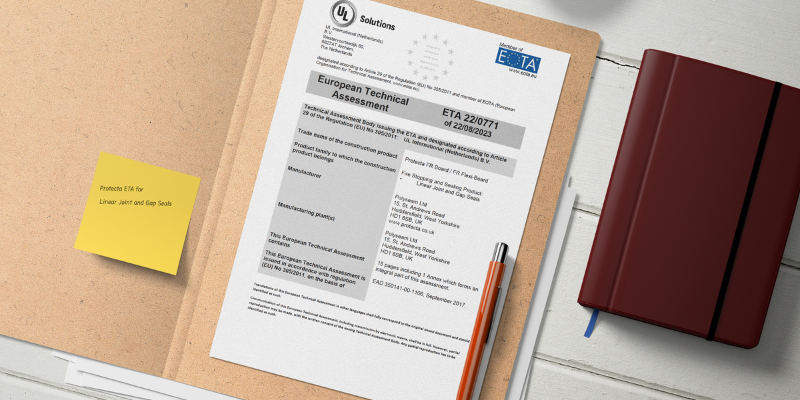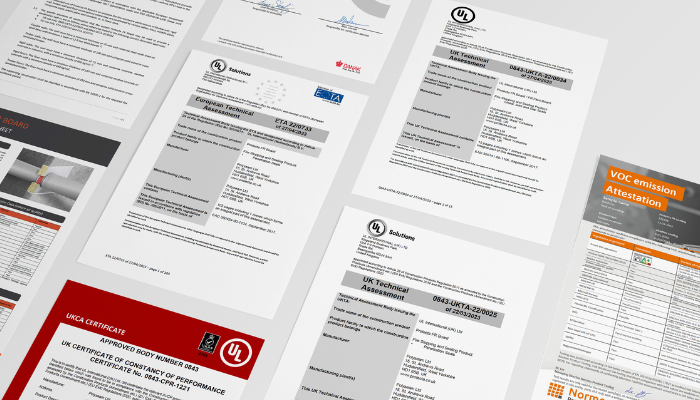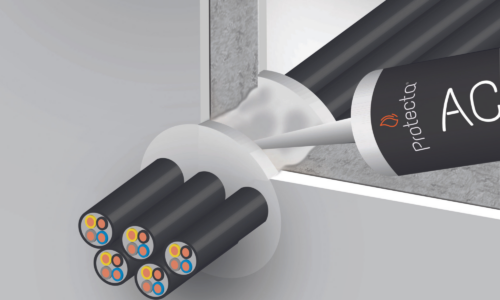Navigating the Certification Maze for Effective Passive Fire Protection
Certification and CE Marking: A Closer Look:
Certification is a vital procedure carried out by a third party, the certification body, ensuring that a certified entity meets the specified requirements. However, possessing a certification does not automatically guarantee the quality of products and services; it only attests to compliance with set standards.
CE marking, on the other hand, is mandatory for products covered by harmonised European standards (hEN) or European Assessment Document (EAD). This marking ensures the free circulation of products within the European Economic Area, although it does not apply to Fire Stopping products. Manufacturers can choose to obtain CE marking for their products, demonstrating compliance with safety, health, and environmental requirements within the EU.
Understanding Fire Protection Testing Documents:
Several key documents play a crucial role in fire protection testing to meet basic safety requirements. These documents include:

Test Reports:
Applied in the evaluation of fire-resistant products, these reports delineate the fire-resistance properties of a building component, presenting only the raw data obtained. They comprehensively document all aspects of the particular fire test, including the temperature changes in each seal, which can subsequently be translated into a fire rating.
Extended Field of Application (EXAP’s) or Assessment Report:
The Assessment Report provides an overview of the alterations made to the building components and their fire resistance characteristics. In this context, the designated standard for penetration sealing is EN 15882-3, while EN 15882-4 applies to linear seals.
Classification Report:
Through one or more fire tests, these reports confirm the fire-resistant properties of both products and construction materials. These classification reports are officially issued by a third-party accredited organisation, adhering to standards sanctioned by various independent laboratories. These documents are required to adhere to the EN 13501-2 standard and typically encompass key details, such as a clear product or material description, its classification, anticipated performance, and recommended field of use.
The Classification is expressed as E-Integrity and I-Insulation:
E' signifies integrity, indicating the product's ability to prevent the passage of flames or hot gases from the fire-exposed side to the non-exposed side through openings, gaps, and service access points. The E-integrity is quantified by the time it takes for the seal to fail under fire exposure conditions.
'I' represents insulation, which means the product's capability to endure fire exposure on the fire-exposed side without transferring heat to the non-fire side. This classification is assessed by an accredited facility like Warrington Fire and is quantified by the time it takes for failure to occur.
European Technical Assessment (ETA):
ETA, short for European Technical Assessment, is created in accordance with the Construction Product Regulation (EU Regulation No. 305/2011). Manufacturers can request ETA from a Technical Assessment Body (TAB), with the assessment being based on an EAD (European Assessment Document), serving as the foundation for drafting the ETA.
- The ETA procedure is accessible to manufacturers of construction products across all product categories, regardless of the national regulatory framework applied to the products.
- Manufacturers have the option to employ the voluntary ETA pathway to affix the CE mark to their products if there isn't full coverage under an existing harmonised standard (hEN).
- Manufacturers can initiate the ETA process by submitting a request to any Technical Assessment Body (TAB) designated by a Member State for the specific product category.
- The designated TAB will assume the role of the responsible TAB (RTAB) and guide the manufacturer throughout the procedure.
- The ETA is founded upon a European Assessment Document (EAD), a standardised technical specification developed by the European Organisation for Technical Assessment (EOTA).
- If the product in question is not already (or entirely) addressed by an existing EAD, EOTA will either create a new EAD or adapt an existing one to accommodate the specific product.
UKTA and UKCA:
A UKTA, or United Kingdom Technical Assessment, serves as the mechanism for non-harmonised products to attain UKCA Marking. Essentially, the UKTA is the UK's counterpart to ETA (European Technical Assessments) used for non-harmonised products to achieve CE Marking within Europe. It's important to note that while UKCA Marking is mandatory for products falling under harmonised or designated standards, the UKTA route is entirely optional.
UKCA (UK Conformity Assessed) Marking represents a fresh product marking protocol used for items entering the market in Great Britain (England, Scotland, Wales). This marking applies to most goods that previously required the CE marking, especially those categorised as 'new approach' goods.
Conclusion:
At Protecta, we prioritise your safety by offering a dedicated team to support you from the design stage through installation, inspections, and maintenance. Our goal is to ensure that your project is completed correctly, guaranteeing the safety of both the building and its occupants against the threat of fire.



